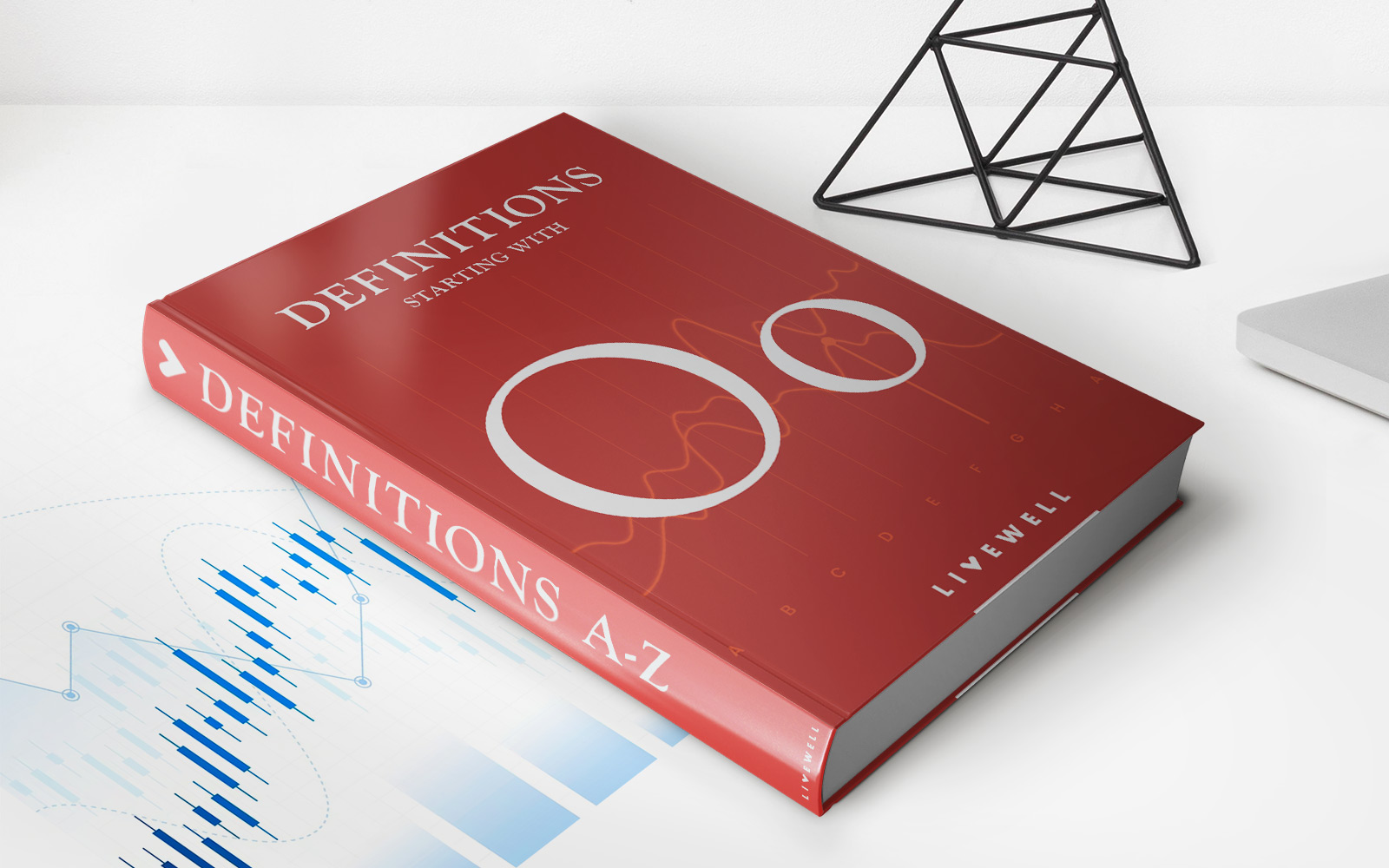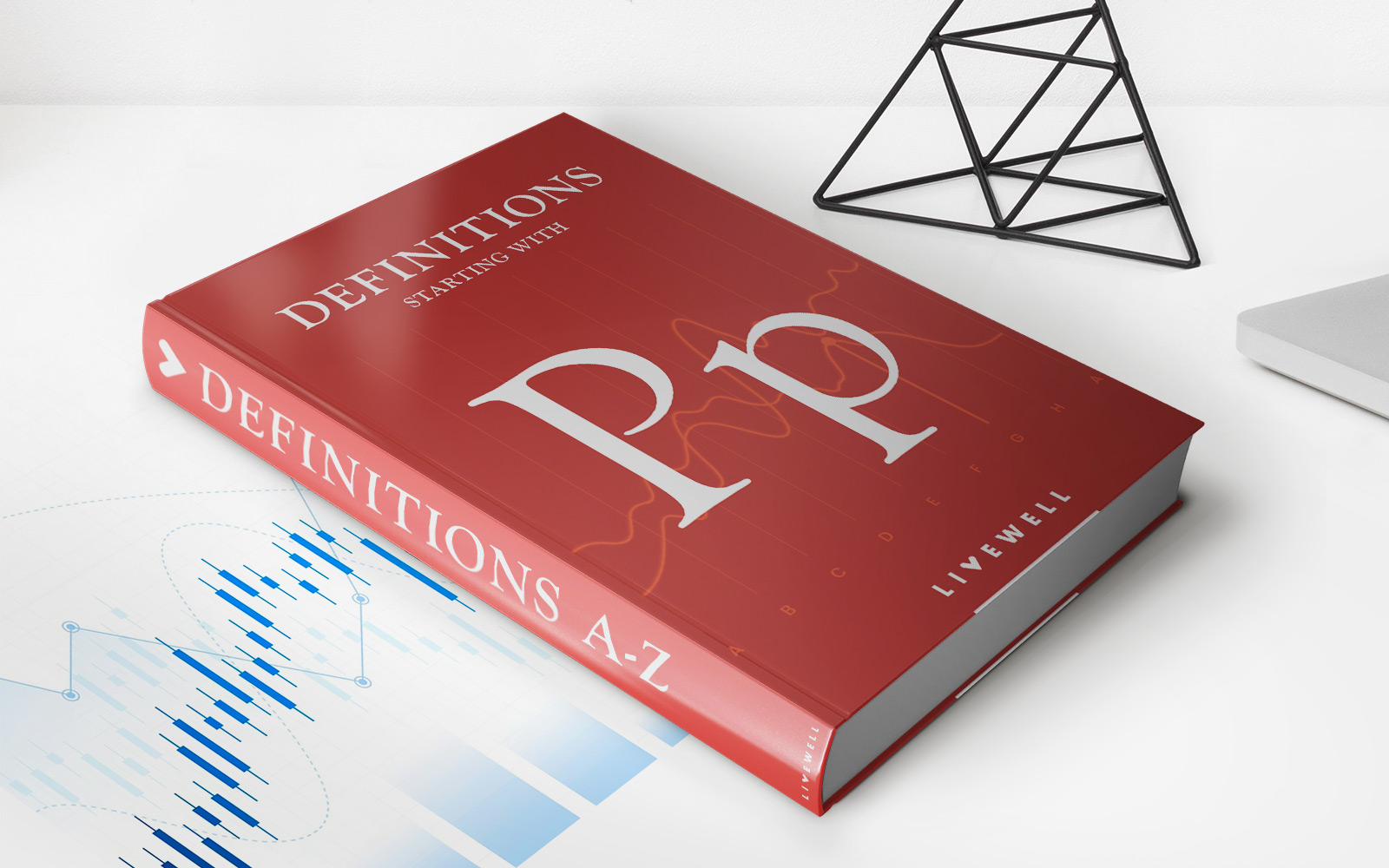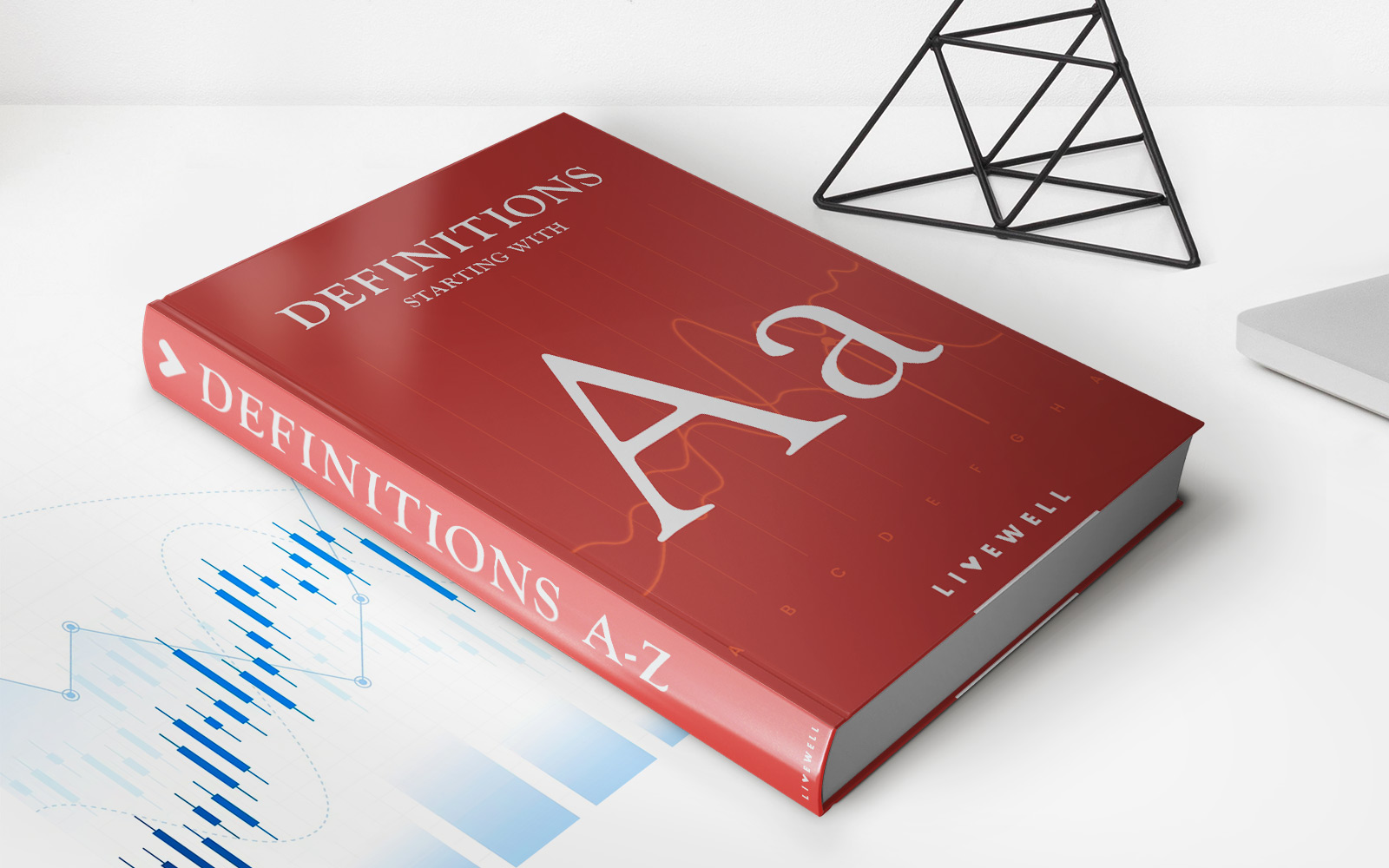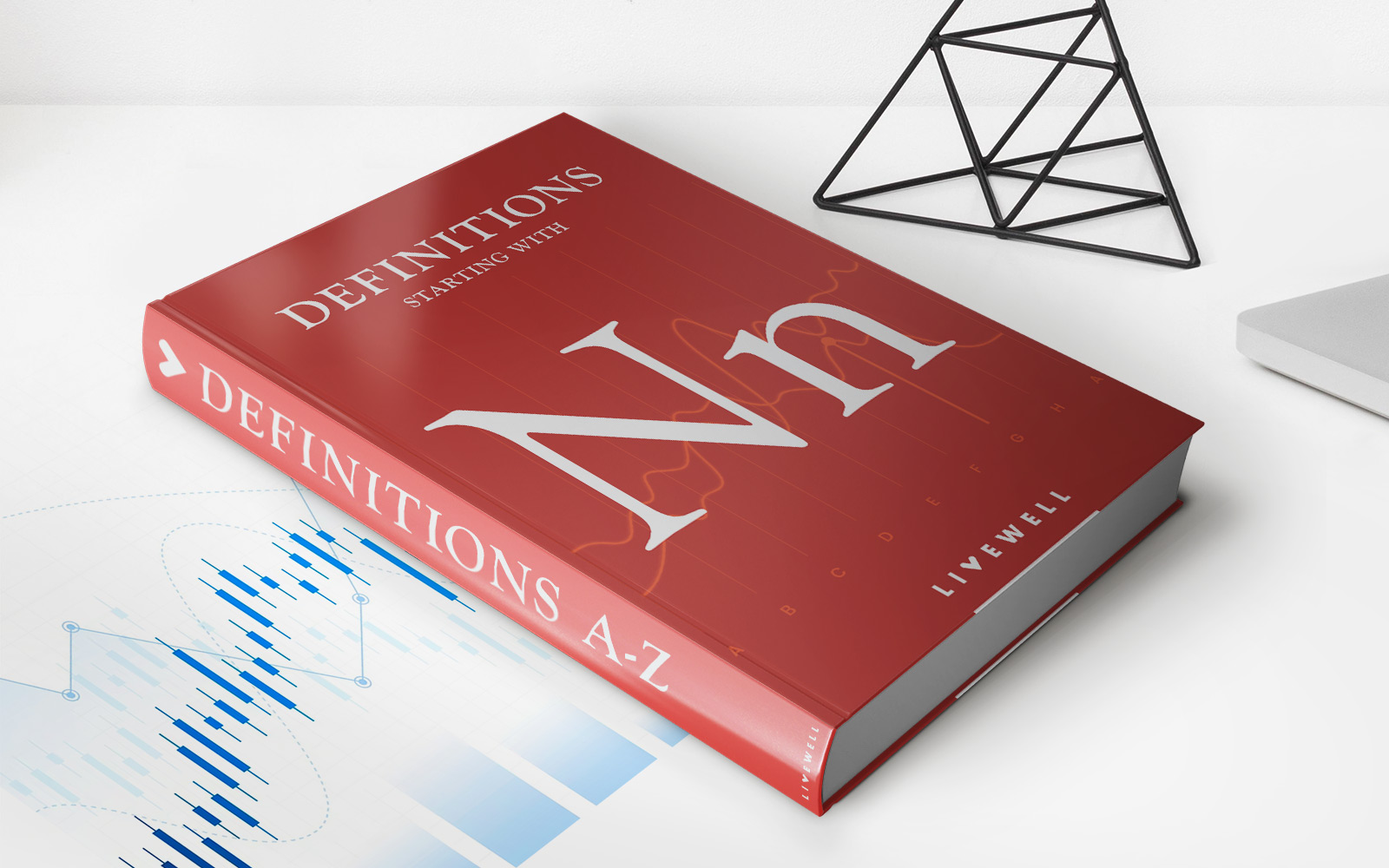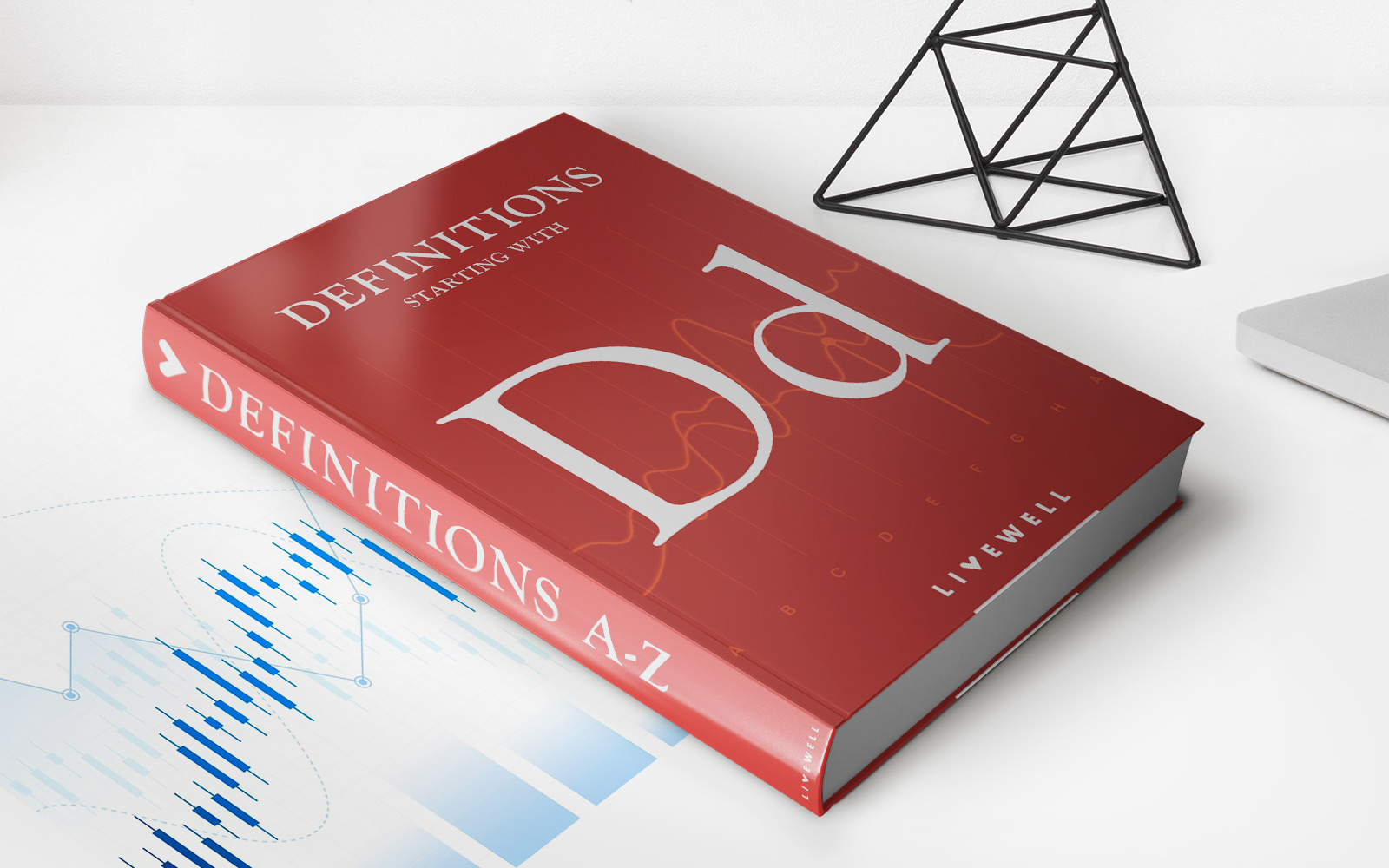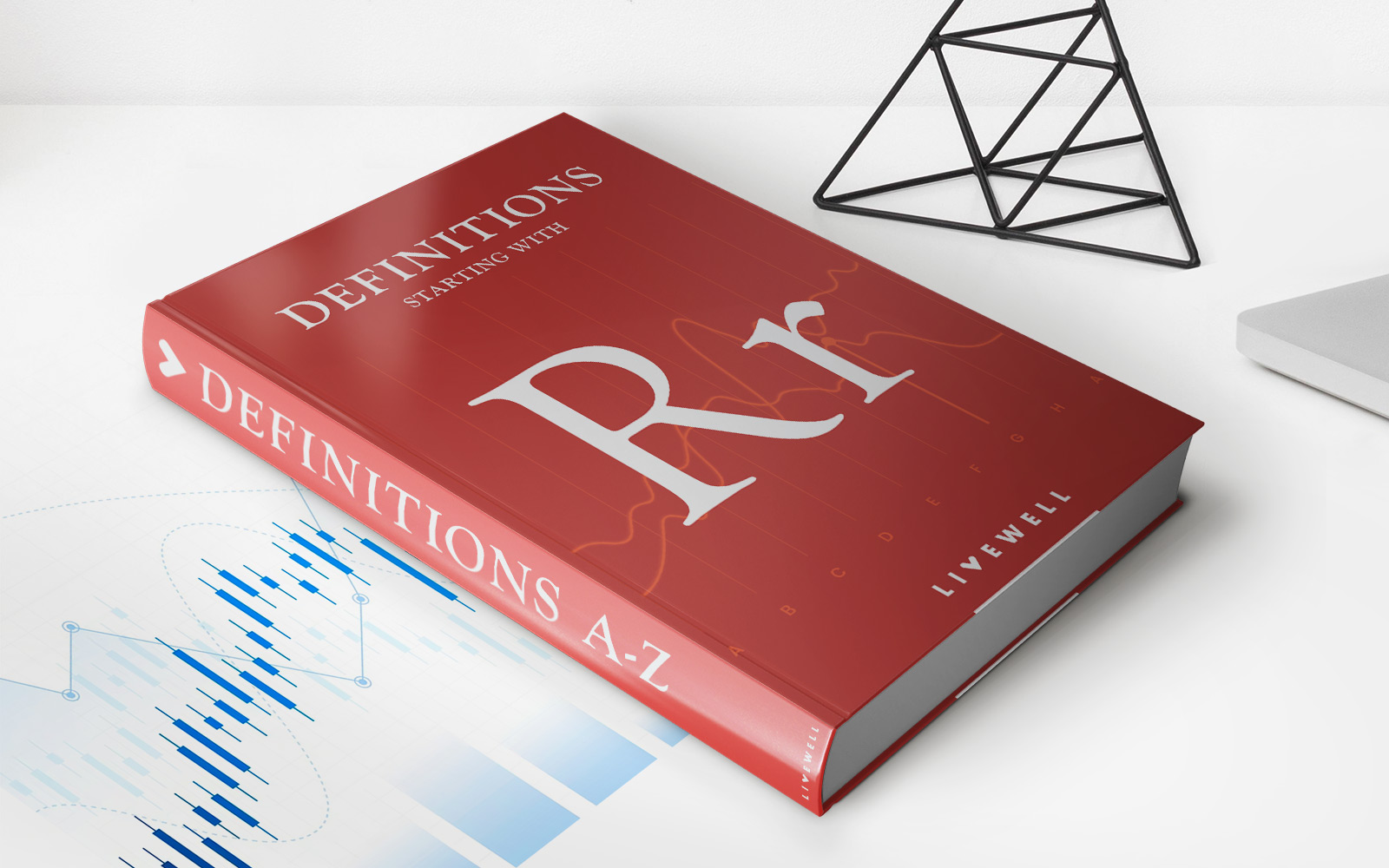Home>Finance>Covariance: Formula, Definition, Types, And Examples


Finance
Covariance: Formula, Definition, Types, And Examples
Published: November 4, 2023
Learn about the formula, definition, types, and examples of covariance in finance. Understand how this statistical measure helps analyze relationships between variables.
(Many of the links in this article redirect to a specific reviewed product. Your purchase of these products through affiliate links helps to generate commission for LiveWell, at no extra cost. Learn more)
Understanding Covariance: Formula, Definition, Types, and Examples
Have you ever wondered how two variables move in relation to each other? Are you interested in understanding the strength and direction of their relationship? If so, you’ve come to the right place! In this article, we will delve into the concept of covariance and explore its formula, definition, types, and examples.
Key Takeaways:
- Covariance measures the relationship between two variables and indicates how they co-vary or change together.
- The formula for calculating covariance involves multiplying the difference between each variable and its mean, and then averaging these products.
Definition of Covariance
Covariance is a statistical measure used to determine the relationship between two variables. It tells us how the variables move relative to each other, giving us insights into their co-dependence or co-variation. Covariance can be used to identify whether the variables tend to increase or decrease together (positive covariance), move in opposite directions (negative covariance), or exhibit no particular relationship (zero covariance).
Formula for Covariance
One common way to calculate covariance is using the following formula:
cov(X, Y) = Σ((x – μx) * (y – μy)) / n
Where:
- cov(X, Y) represents the covariance between variables X and Y.
- Σ denotes the summation symbol, which indicates that you need to sum up all the values calculated within the brackets.
- x and y represent the values of variables X and Y, respectively.
- μx and μy represent the means of variables X and Y, respectively.
- n represents the number of observations.
By using this formula, you can calculate the covariance between any two variables.
Types of Covariance
There are three possible outcomes when calculating covariance:
- Positive Covariance: This occurs when both variables tend to move in the same direction. In other words, when one variable increases, the other variable also tends to increase, and vice versa. The covariance value will be positive in this case.
- Negative Covariance: This occurs when both variables tend to move in opposite directions. When one variable increases, the other variable tends to decrease, and vice versa. The covariance value will be negative in this case.
- Zero Covariance: This occurs when there is no linear relationship between the two variables. The variables may or may not be related, but their movement together is not predictable. The covariance value will be close to zero in this case.
Examples of Covariance
Let’s consider a few examples to help you better understand covariance:
Example 1: Let’s say we are interested in studying the relationship between a company’s advertising expenses and its sales revenue.
- If an increase in advertising expenses leads to a proportional increase in sales revenue, the covariance between the two variables will be positive.
- If an increase in advertising expenses results in a decrease in sales revenue, the covariance will be negative.
- If there is no discernible pattern between the advertising expenses and sales revenue, the covariance will be close to zero.
Example 2: Consider a study seeking to understand the relationship between the number of hours spent studying and the corresponding test scores of students.
- If spending more hours studying consistently leads to higher test scores, the covariance will be positive.
- If spending more hours studying results in lower test scores, the covariance will be negative.
- If there is no significant relationship between studying hours and test scores, the covariance will be close to zero.
By analyzing covariance, we can gain valuable insights into the relationship between two variables and make informed decisions based on these observations.
Now that you have a better understanding of covariance, its formula, definition, and types, you can confidently apply this knowledge in various fields, such as finance, economics, and data analysis. Remember, covariance allows you to quantify and interpret the relationship between variables, providing you with a powerful tool for understanding and predicting their behavior.



